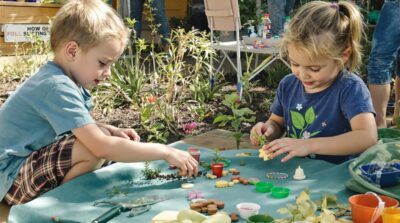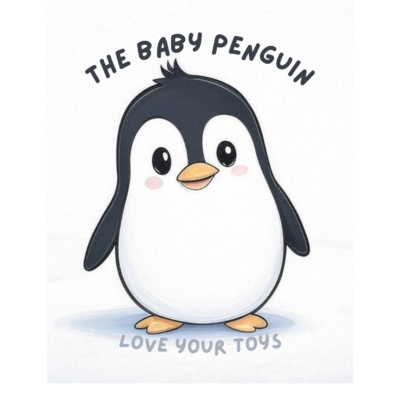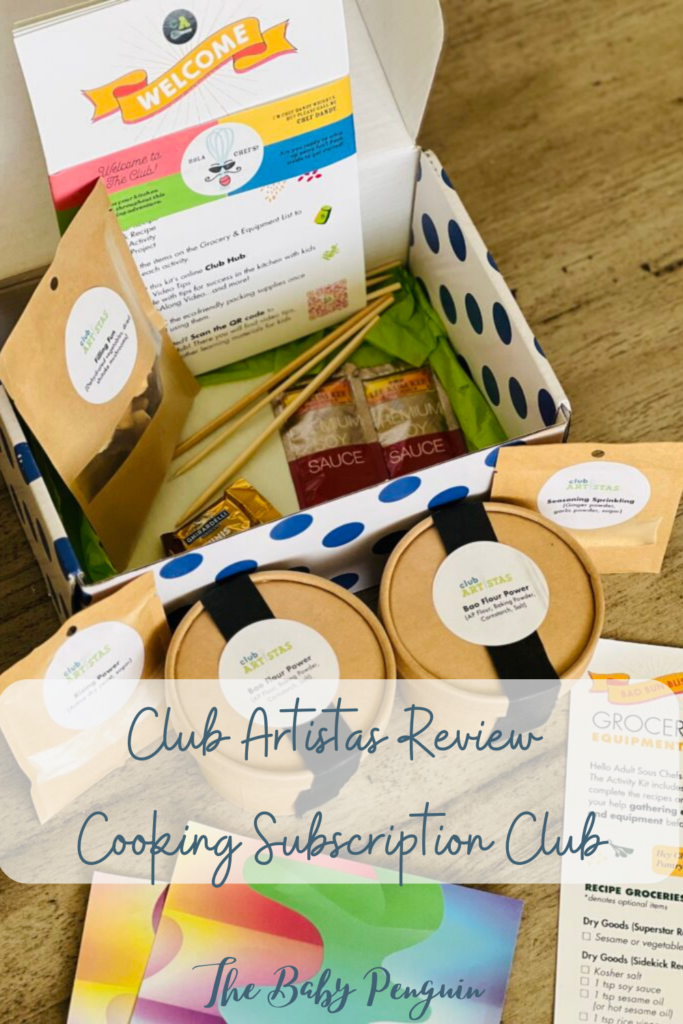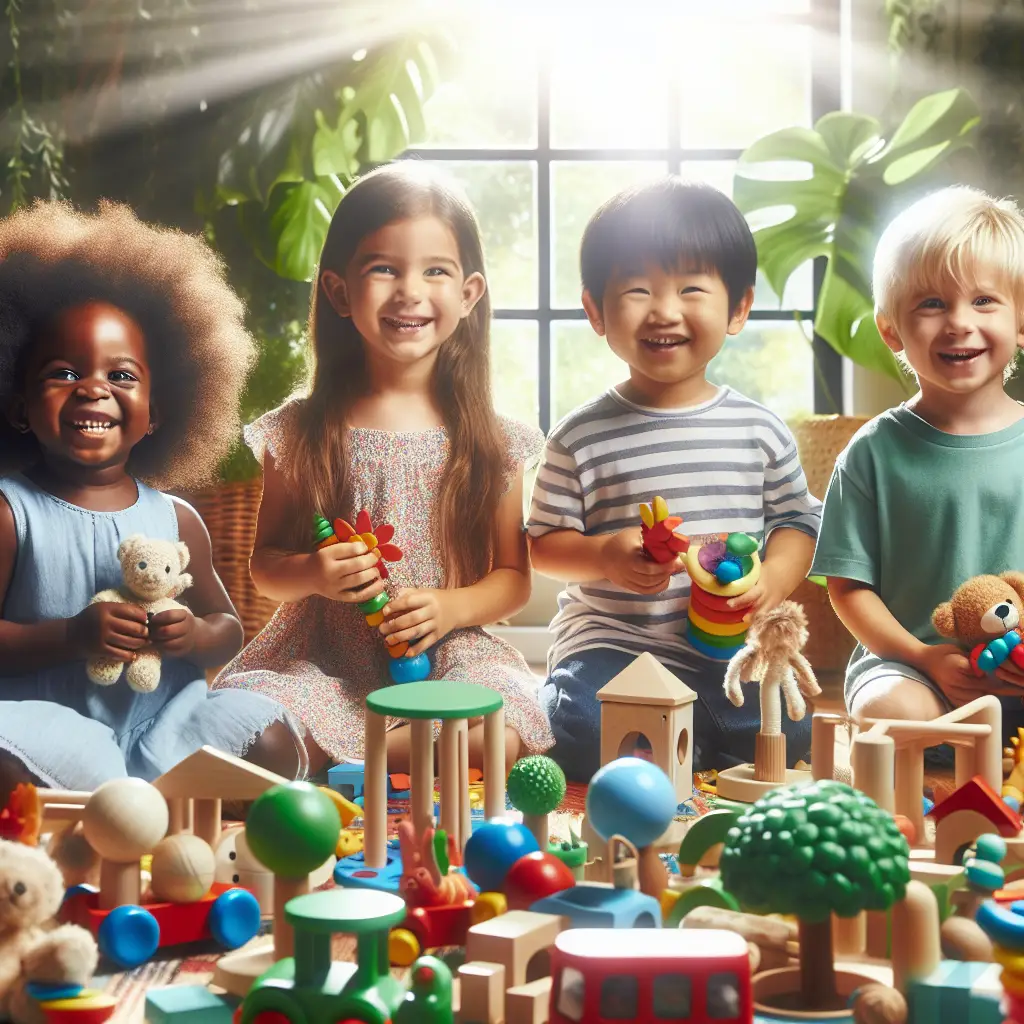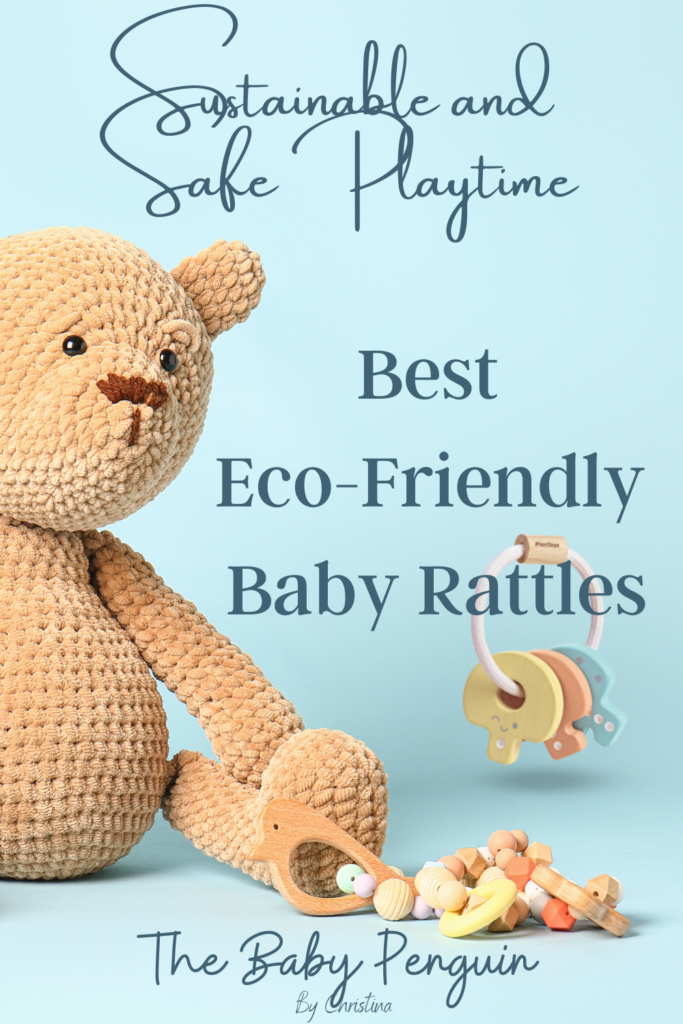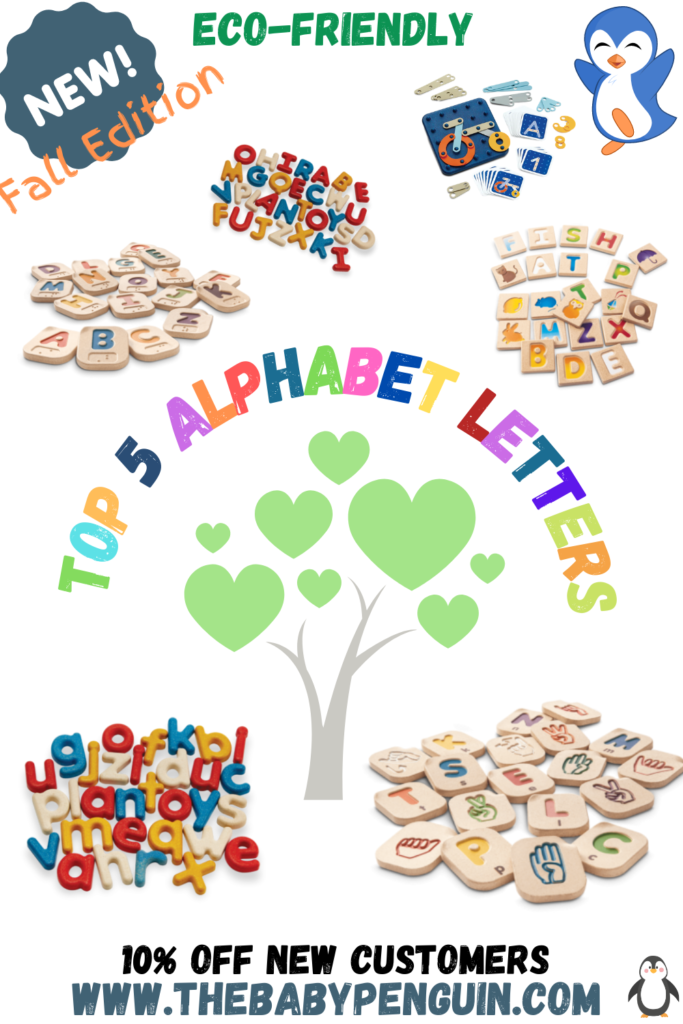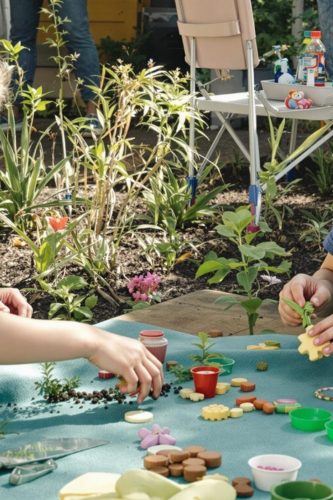Table of Contents
Toggle5 Ways to Teach Kids About Sustainability Through Play
In our rapidly changing world, instilling eco-consciousness in the youngest generation has never been more crucial. Teaching children about sustainability doesn’t have to involve complex lessons or dry information—it can be fun, engaging, and naturally incorporated into their daily activities. Through play-based learning, children can develop an understanding of environmental stewardship that will stay with them for life. Here are five effective ways to teach kids about sustainability while they’re having fun.
1. Outdoor Nature Exploration Games
Children have an innate curiosity about the natural world. Harness this curiosity by creating outdoor exploration activities that connect them directly with nature. Organize scavenger hunts where kids identify different plant species, observe insects, or collect natural items like pine cones or leaves. Create “nature detectives” with magnifying glasses to observe the intricate details of plants and small creatures. These hands-on experiences help children develop a personal connection with the environment, which is the foundation of sustainable thinking. When children feel connected to nature, they’re more likely to want to protect it as they grow older.
During these activities, introduce simple ecological concepts like biodiversity, habitats, and ecosystems in age-appropriate ways. Ask questions like “Why do you think this plant grows here?” or “What might happen if this insect disappeared?” to encourage critical thinking about environmental relationships.
2. Upcycled Craft Projects
Transform recycling education into creative opportunities by gathering materials that would otherwise be thrown away—cardboard boxes, plastic bottles, old magazines, or fabric scraps—and turning them into art projects, toys, or useful items. Making bird feeders from plastic bottles, constructing cardboard cities, or creating art from bottle caps all teach children that “trash” can be valuable.
While crafting, discuss why reusing materials helps reduce waste and conserve resources. These activities demonstrate the concept of a circular economy in a tangible way that young minds can grasp. Children learn to see potential in discarded items and understand that creativity can help solve environmental challenges.
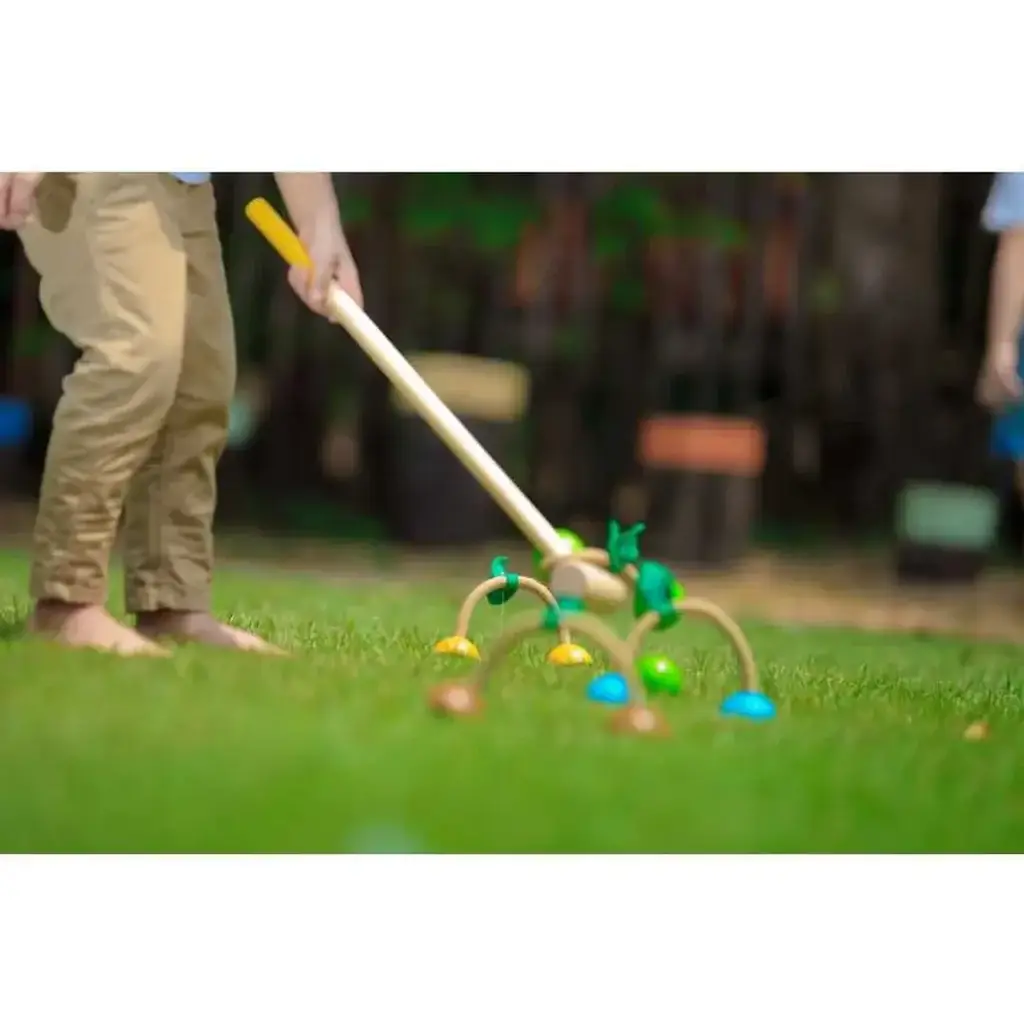
3. Garden-to-Table Activities
Few sustainability lessons are as powerful as helping children grow their own food. Even in small spaces, children can participate in container gardening or help tend a family or school garden plot. Give them their own small area to care for, allowing them to choose what to plant (with guidance), water their plants, observe growth, and eventually harvest the results.
The garden-to-table connection becomes complete when children help prepare simple meals with the food they’ve grown. This process teaches them about food systems, seasonality, patience, and the environmental benefits of locally grown food. They’ll also develop appreciation for the resources and effort that go into food production, potentially reducing food waste as they understand its true value.
4. Energy and Water Conservation Games
Turn resource conservation into a fun challenge by creating games that promote mindful use of energy and water. Create an “energy detective” role where children hunt for “energy wasters” around the home, like lights left on in empty rooms or appliances plugged in unnecessarily. Award points for catching these energy-wasting culprits.
For water conservation, time shower routines as a friendly competition, or create a reward system for remembering to turn off taps completely. Design a rain collection system together to water plants, demonstrating how natural cycles can be harnessed sustainably. These playful approaches help children internalize conservation habits that will become second nature throughout their lives.
5. Eco-Friendly Board Games and Role Play
Create or adapt board games with environmental themes that teach sustainability concepts while children play. A modified version of Chutes and Ladders can include advancements for sustainable choices and setbacks for environmentally harmful ones. Children can design their own “green city” with recycling centers, bike paths, community gardens, and renewable energy sources.
Role-playing activities where children pretend to be environmental scientists, wildlife conservationists, or green inventors encourage them to think creatively about solutions to environmental challenges. These imaginative games help children visualize themselves as agents of positive change in the world around them.
By integrating these playful approaches into children’s regular activities, sustainability becomes not just an abstract concept but a natural part of how they understand and interact with their world. The beauty of teaching sustainability through play is that children absorb these important values while simply having fun—creating an environmental ethic that can last a lifetime and help shape a more sustainable future for all.

